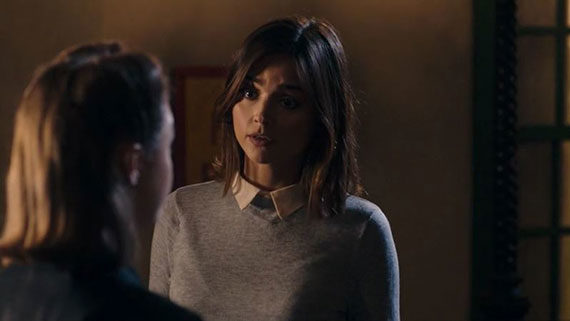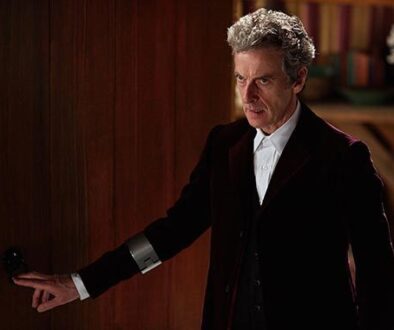Face the Raven Review
Clint Hassell gives his verdict on the tenth episode of Series 9.
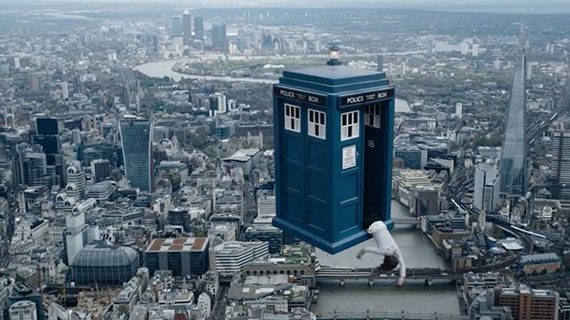
Having written for genre programs like Merlin, Primeval, and Being Human (the latter under fellow Who alumni Toby Whithouse), it is no surprise that Sarah Dollard turns in a capable script for “Face the Raven.” Originally titled, “Trap Street,” and featuring a plot unconnected to the greater Series 9 arc, Dollard’s script is incredibly layered, with the titular street literally or figuratively trapping Rigsy, the Doctor, and/or Clara no less than four times within the episode. While retitling the episode “Face the Raven” focuses the narrative on Clara’s resultant death, the recurring motif of a “trap street” is certainly effective.
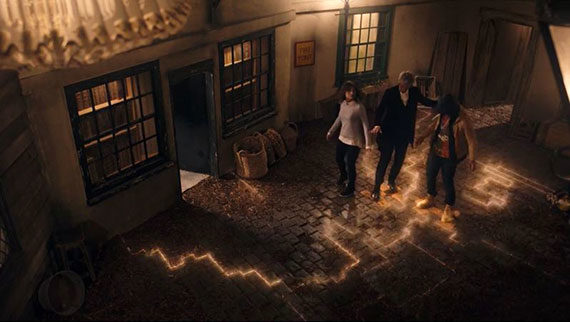
Further, by putting an alien spin on the concept of a trap street, Dollard is able to examine the concept of a perception filter – – here dubbed a “misdirection circuit” – – a piece of Who canon only mentioned in passing since Series 5’s “The Eleventh Hour.” Instead of merely using the TARDIS’ scanners or the sonic sunglasses to locate the street, the episode takes the time to explore (pun intended) the how the Doctor, Clara, and Rigsy locate a rather unnoticeably unremarkable street, recalling a simple, yet stunningly effective scene between Ten, Martha, and Jack, in Series 3’s “The Sound of Drums.”
“The Woman Who Lived” is also referenced, as Ashildr mentions her “infinite lifespan [and] finite memory.” Dollard exploits Clara’s first encounter with the resurrected Ashildr to recap the basic aspects of Mayor Me’s backstory for the audience in an organic way. Further, Dollard utilizes Clara’s relative absence in “The Woman Who Lived” as a plot point, in “Face the Raven.” Having not seen how immortality has twisted Me’s sense of morality, Clara doesn’t question Ashildr’s motivations, leaving her susceptible to a trap meant for the Doctor. Better still, the dynamic is layered with the slow revelation that, by brashly refusing to accept Ashildr’s death, in “The Girl Who Died,” the Doctor’s defiant nature costs him his dearest friend. While it is common in television for characters to unreasonably keep information hidden from people with whom real-life logic would dictate it should be shared (see: Lost), it is rare that the act actually has ramifications. The Doctor not telling Clara why he continues to follow Ashildr is part of what gets Clara killed.
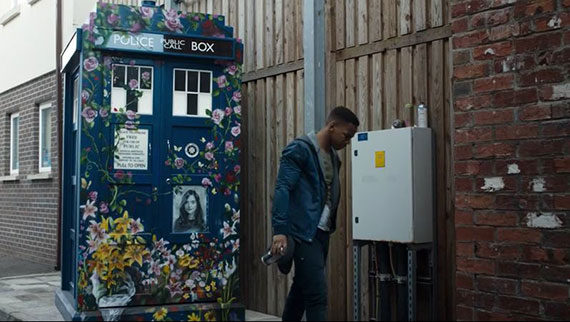
Also impressive is that the episode takes the time to actually solve the mystery of Anah’s death, without entirely resorting to information specific only to this narrative. Like the Doctor, the audience had the chance to realize something was suspect about Rigsy’s amnesia and broken phone. Moreover, it is Clara who realizes that Anah’s “son” (named “Anahson” – – say it slowly until you get the pun) is uncharacteristically unfazed by the TARDIS trio, allowing her empathy with children to be demonstrated one final time.
Dollard certainly makes good use of Doctor Who’s extensive continuity, with Torchwood’s Retcon being pivotal to the plot, and various aliens including a Cyberman, the Judoon, an Ood, a Sontaran, and a Sycorax all making cameo appearances. Both the Zygons and Danny Pink warrant a mention, and the Doctor again uses Clara’s notecard prompts, last seen in “Under the Lake.” New twists on favorite plot elements also feature as evidence of the materializing TARDIS can be seen via its reflection on the window of Rigsy’s apartment; later, the Doctor threatens Mayor Me with basically the same threat he proffered to the Vashta Nerada, in “Forest of the Dead,” and the Atraxi, in “The Eleventh Hour.”
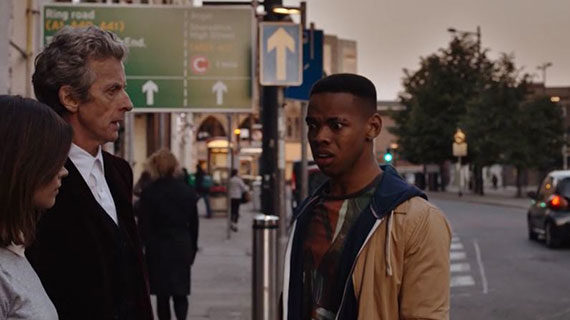
All this being said, it is clearly evident that – – as interviews with Sarah Dollard have indicated – – “Face the Raven” was written as a stand-alone adventure, before being modified to fit into Series 9’s story arc. This is most evident with the returning characters, who seem oddly unconnected to their previous portrayals. It is as if characters in Dollard’s original “Trap Street” script were overwritten with Rigsy and Ashildr, without much regard to their resulting personas. For example, the character of Rigsy has moved from Bristol to London, and suddenly has a girlfriend and a daughter. It is not until the post-credits scene, where he paints the abandoned TARDIS in memory of Clara, that Rigsy closely resembles his character from “Flatline.” In fairness, Rigsy is only a part of “Face the Raven” so that Clara has someone from whom she would believably accept the chronolock. Perhaps Mr. Maitland – – an established father, who is connected to Clara, but who has had relatively little character development – – would have been a better substitute?
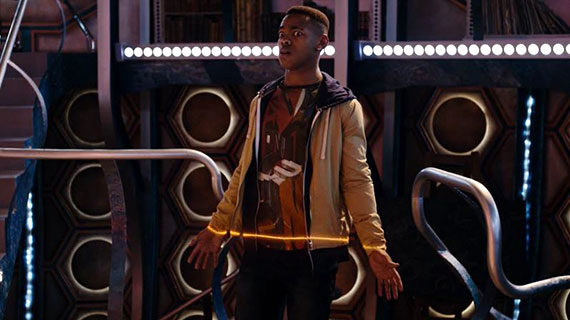
Further, despite the efficient summary of Ashildr’s backstory, the episode displays very little of the Ashildr last seen in either “The Girl Who Lived” or “The Woman Who Lived.” The character’s past, immortality, finite memory, and desire to travel with the Doctor all play a negligible role in the story. Worse, like the Weeping Angels in “The Time of Angels”/“Flesh and Stone,” Ashildr suddenly demonstrates new powers. Wasn’t Ashildr already a remarkable character before saddling her with additional “quantum shade” abilities? The villain of “Face the Raven” could have been an entirely new character, with very little rewriting, and that’s not a good thing.
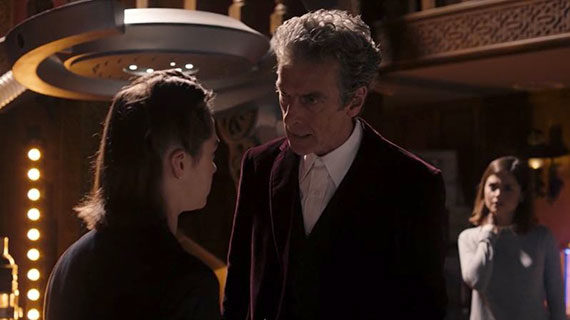
However, the biggest flaw with “Face the Raven” isn’t its thin characterizations, but the lack of logic behind Clara’s death. Clara’s taking the chronolock from Rigsy is actually a clever way to circumvent the rules – – a signature move on a show that, for example, featured the shape-shifting Tesselecta being used to avoid the Doctor’s apparent death, not three series ago. It’s a shame that the trick fails, mostly because the reason it doesn’t work is that the episode tells the audience that it doesn’t work. Much like in “The Angels Take Manhattan,” where the Doctor can’t change an event once he’s read of its occurrence in print, and therefore can’t rescue Amy and Rory from New York, in 1938, the rules in “Face the Raven” are arbitrary and made up. They exist, not as an organic extension of the narrative, but for the sole purpose of making the companion’s exit from the series possible. That is not great script writing.
Why could Clara not return the chronolock to Rigsy, where it could then be removed by Ashildr? Why not give it to the Doctor or to Ashildr herself, as both characters are basically immortal? Why was there no thought of putting Clara inside Anah’s stasis pod? There seem to be several options for saving Clara, yet the episode ignores all of them, lazily stating that Ashildr “can’t” save Clara. “Rules” are seemingly invented on the fly, revealed only to ensure Clara’s tragic fate.
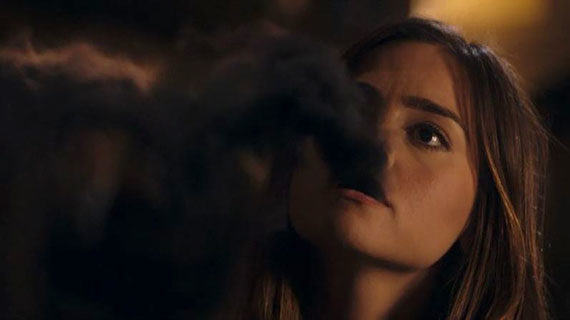
Despite the nature of her death, “Face the Raven” does serve as a fitting exit for Clara. Clara’s story ends where it begins, obliquely referencing her mother’s untimely death, and with one last remark about Clara’s past flirtations with women. In the episode’s most stunning sequence, Clara half-dangles from the doorway of the TARDIS. The scene recalls “The Day of the Doctor,” which, honestly, is the first appearance of the current characterization of Clara, which had previously been nondescript and only defined by her “Impossible Girl” storyline. Though the scene makes one final attempt to emphasize how reckless Clara has become, it is important to note that, in a way, Clara is killed due to her own compassion. In saving Rigsy, she is able to demonstrate her character-defining ingenuity. It is just as valid to say that Clara’s death is a result of her compassion, not her brazen courage.
. . . And that may be the best hope for this “death” not being Clara’s true exit from the show’s narrative. Doctor Who is certainly a product of British culture, and adheres closely to traditional Western themes, including tying characters’ fates to their previous actions (i.e., characters “get what they deserve,” in the end). While the Doctor’s saving Ashildr may cost him the chance to further travel with Clara, in dying, Clara gave Rigsy’s daughter the chance to grow up with both parents – – something Clara did not have. Further, she used her final words to save Ashildr, hopefully warranting a happier end, if not for Clara Oswald, then at least for an Oswin-like echo, somewhere just out of the Doctor’s sight.
